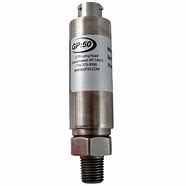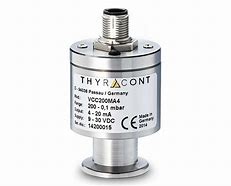A transducer is a device that converts input energy into output energy, with the latter usually differing in kind but bearing a known relation to input. Originally, the term referred to a device that converted mechanical stimuli into electrical output, but it has been broadened to include devices that sense all forms of stimuli—such as heat, radiation, sound, strain, vibration, pressure, acceleration, and so on—and that can produce output signals other than electrical—such as pneumatic or hydraulic [1]. A transducer converts energy from one form to another. Usually, a transducer converts a signal in one form of energy to a signal in another. Transducers are often employed at the boundaries of automation, measurement, and control systems, where electrical signals are converted to and from other physical quantities (energy, force, torque, light, motion, position, etc.). The process of converting one form of energy to another is known as transduction .

There are hundreds of kinds of transducers, many of which are designated by the energy change they accomplish. For example, piezoelectric transducers contain a piezoelectric element that produces motion when subjected to an electrical voltage or produces electrical signals when subjected to strain. The latter effect may be applied in an accelerometer, a piezoelectric vibration pickup, or a strain gauge. An electroacoustic transducer may convert electrical signals to acoustic signals or vice versa. An example is the hydrophone, which responds to waterborne sound waves and is useful in underwater sound detection. A photoelectric transducer reacts to visible light to produce electrical energy. Electromagnetic transducers form a large group, the major categories of which are differential transformers, Hall-effect magnetic transducers, inductance transducers, induction transducers, and saturable reactors. These operate on electromagnetic principles







Reviews
There are no reviews yet.